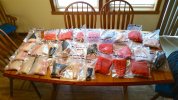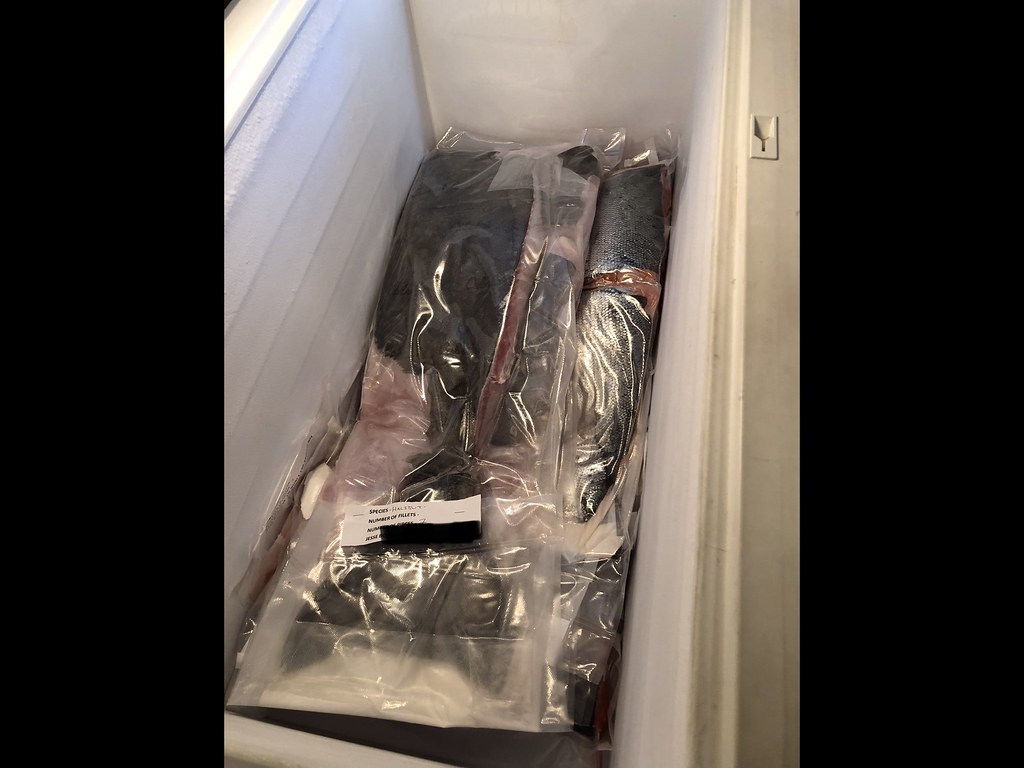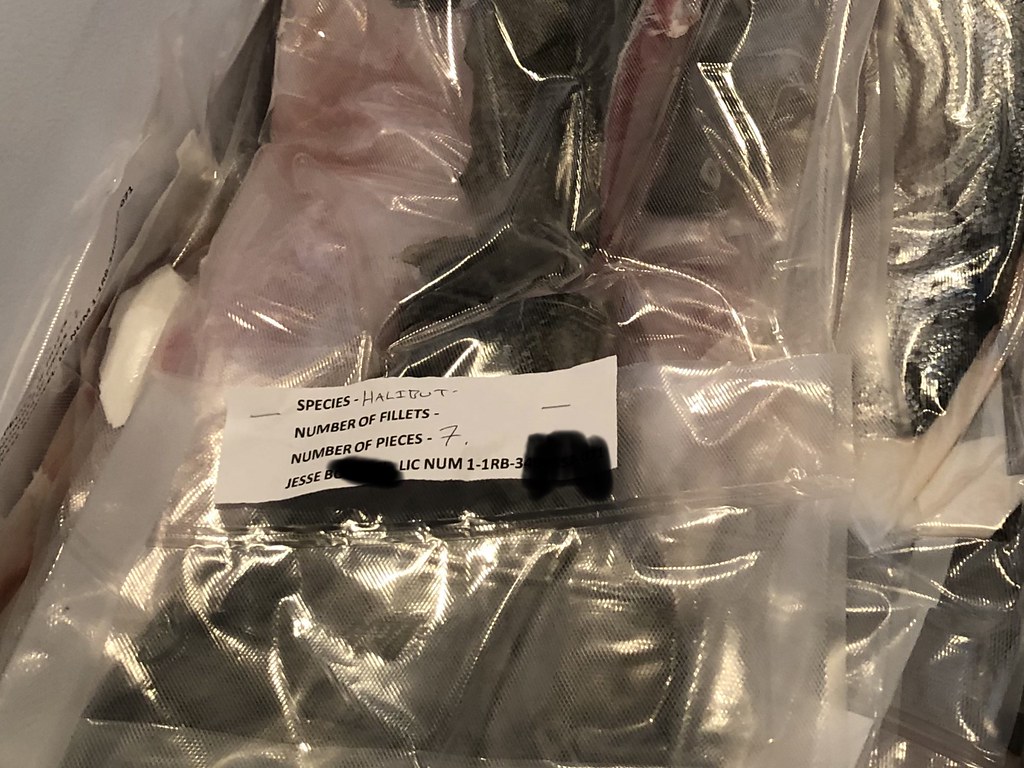Vanislesteve
New Member
If this has been discussed in nauseum prior, I apologise, I have tried searching, but am coming up with nothing.
Fishing Barkley Sound at the end of August for 4 days and am contemplating storage of fish while at camp. We may have access to a freezer, but we may be keeping in coolers.
Does anyone freeze entire fillets with tail on, then once home, thaw, portion and vacuum seal and re-freeze? If so, any method that works best? I have never been one to freeze, thaw and re-freeze.
Am I better off keeping on ice for multiple days, then portioning and vacuum sealing at home? If so, any method that works best?
Thoughts on fish bags vs vacuum sealing at camp?
Cheers
Fishing Barkley Sound at the end of August for 4 days and am contemplating storage of fish while at camp. We may have access to a freezer, but we may be keeping in coolers.
Does anyone freeze entire fillets with tail on, then once home, thaw, portion and vacuum seal and re-freeze? If so, any method that works best? I have never been one to freeze, thaw and re-freeze.
Am I better off keeping on ice for multiple days, then portioning and vacuum sealing at home? If so, any method that works best?
Thoughts on fish bags vs vacuum sealing at camp?
Cheers




